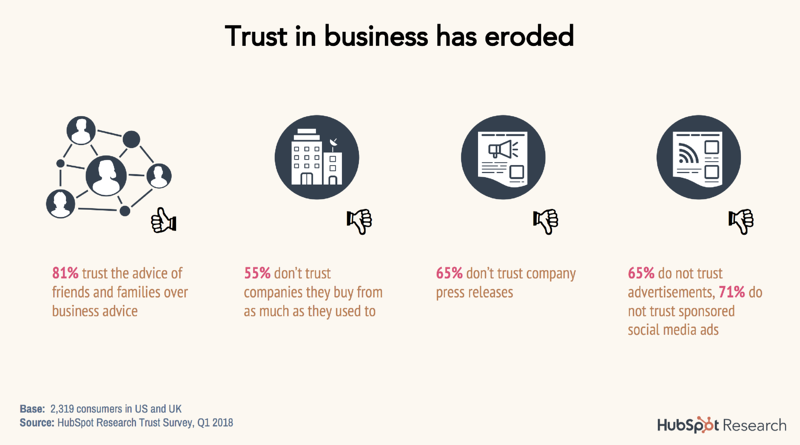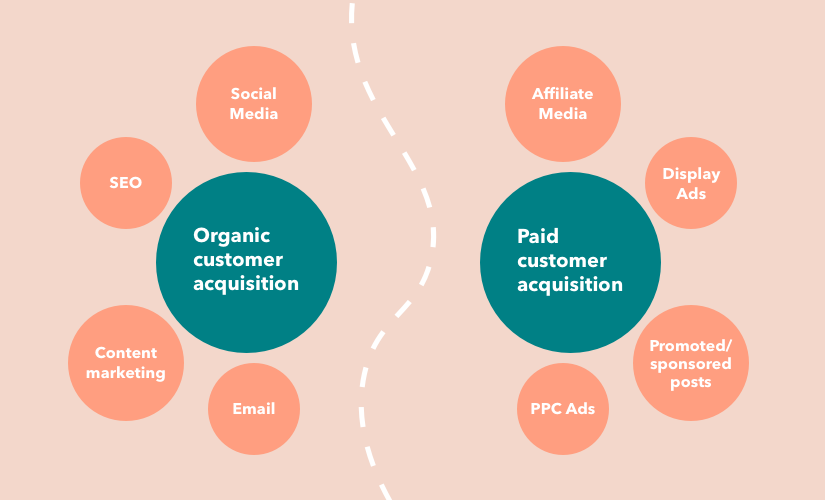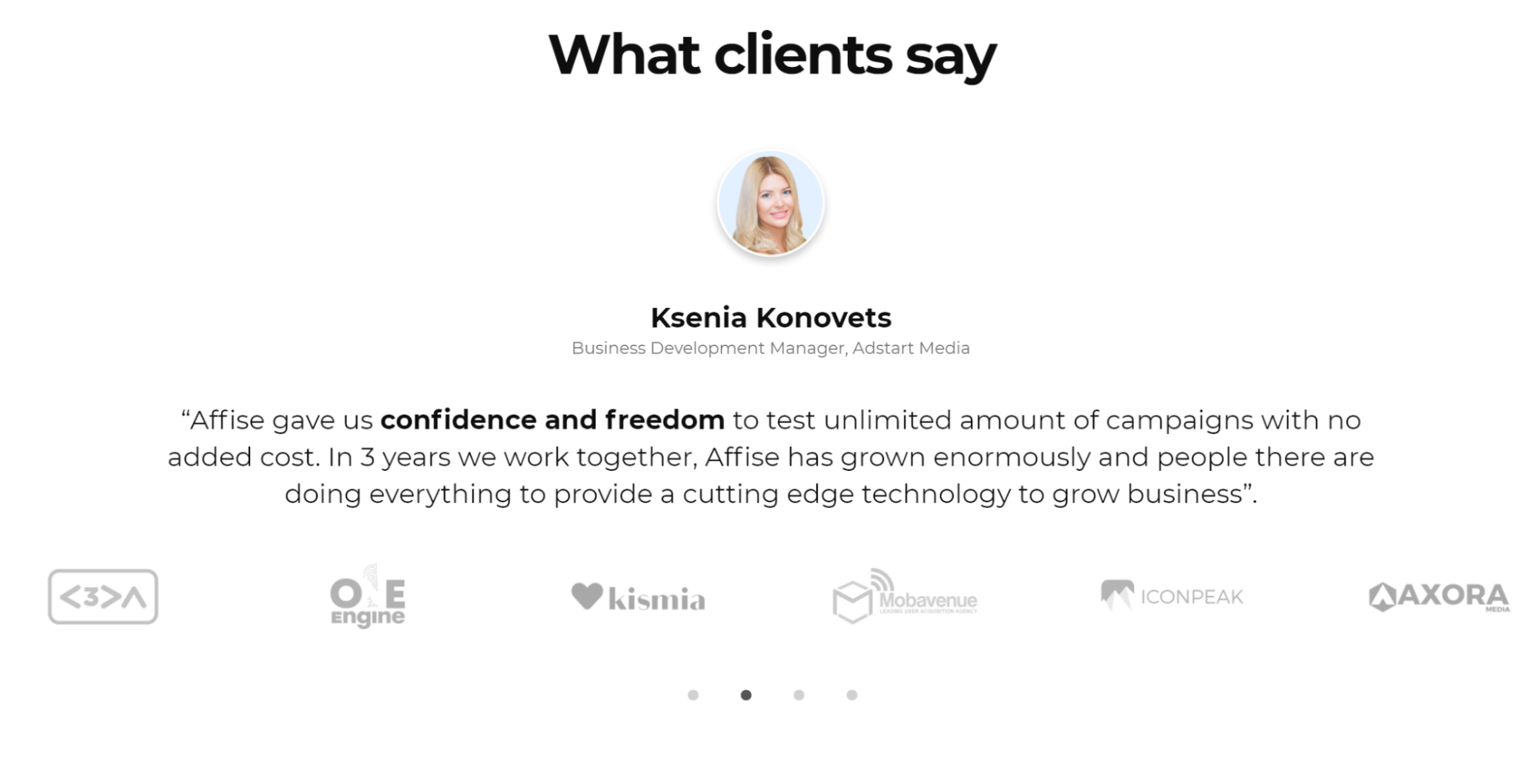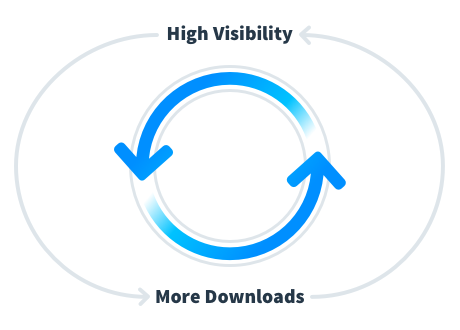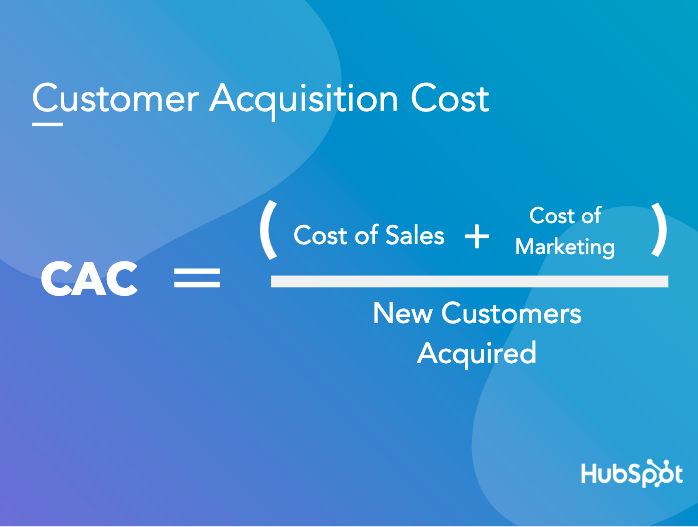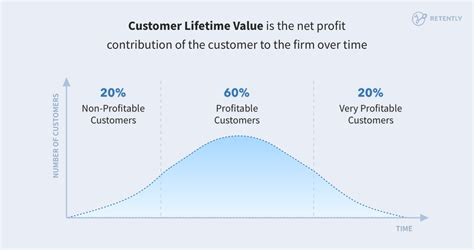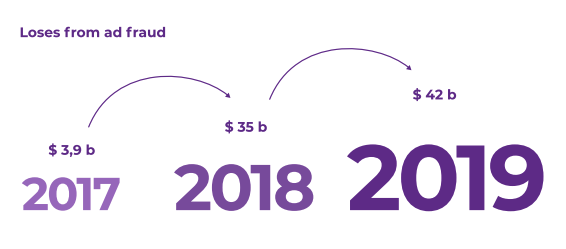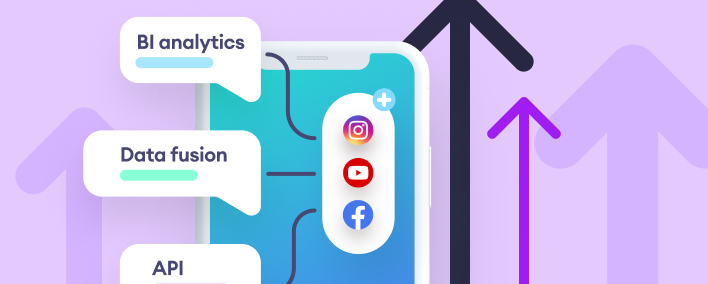This helps you get in front of new target users as well lets you A/B test your marketing and ad campaigns. You can also look to affiliate and partner marketing platforms like Affise for where you can customize incentives based on performances. Prices may vary but the good thing is that you only pay for results.
Influencer marketing
Influencer marketing is another form of paid acquisition that can be quick to get up and running. How much a post or video will cost depends on the influencer, their niche, and the number of followers they have.
Picking the right influencers to partner with can streamline the process of getting in front of your target audience. Sometimes, just giving a free subscription to the influencer can be used to get a social media or YouTube review that can generate quality leads.
Email marketing
Email might seem an outdated channel in the modern age of viral marketing, but email marketing is still one of the best ways for you to connect to your target audience.
Newsletters, promotions, teasers, and more can all be offered to those on your well-built email list. Just getting an email subscription moves the consumer from the awareness phase to the interest phase of the funnel.
How to measure user acquisition
No one wants buyer’s remorse. Instead, collect the right metrics and KPIs to track and improve your marketing efforts.
Conversion rate by using web analytics services
When you’re asking consumers to become users, you’re requesting them to take a specific action. That action is to download, install, and begin using your app, product, or service. Once a campaign begins, you’ll start to see more traffic and acquire more users.
Maximize the time and money spent on your customer acquisition strategy. To do this you’ll need to have a way to track specific conversion rates at each touchpoint.
A solution like Affise can help you track conversions, partner performance, and much more with analytics and Business Intelligence tools. This platform can integrate data from other channels and platforms like Appsflyer, GoogAds, and Facebook for Business. As you track the data in real-time, you will have access to 50 plus data breakdowns with fully customizable reporting.
Personalized messaging and retargeting mean more efficient campaign spending. Use an analytics tool to turn all of that tracking data into valuable insight and accurate attribution. How else will you know which areas are performing well and which areas need improvement?
Cost of customer acquisition
The cost of customer acquisition, also known as customer acquisition cost (CAC), is a relatively simple metric that helps you track the performance of your campaign.












